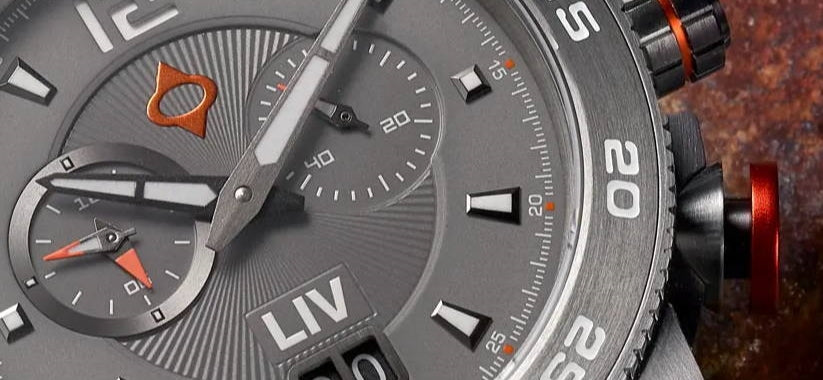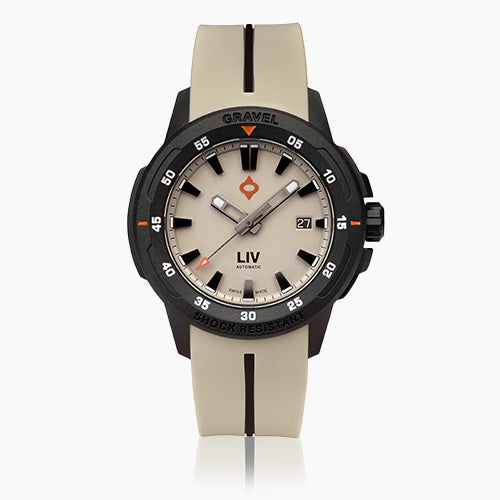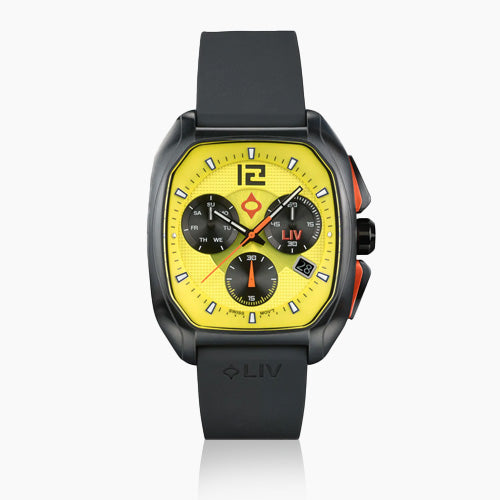
IP Coating Explained
Share
WHY PLATING?
When it comes to precious metals like gold and silver, people all across the centuries have found it prudent to plate objects rather than make everything from solid metal.

Why? Economics and practicality. Very few people could afford solid gold or silver items, whether they were religious icons, jewelry, or eating accouterments. Solid metal and silver were soft and heavy.
Think of the workout you'd get dining with a solid gold dinner set. Also, the cutlery and serving pieces would take on lots of dents and dings.
Covering an item in a thin layer of gold produced the look and luster of a solid piece but at a far lower cost. Gold was used earliest and most frequently because it was easy to flatten into thin sheets (think paper-thin - or papyrus for the Egyptians) and could be worked without smelting).
EVOLUTION OF PLATING TECHNIQUES
Today, most people think of gold plating as a chemical process. That is true but only since the early 1900s. Before that, plating using thin sheets of gold ruled the day. The craftspeople would hammer gold into thin sheets and then apply them to the object they were creating.

The earliest technique involved pushing the foil tightly against the object using hand pressure. I am sure some sort of glue was also involved. Over time, hammering the gold into place and into the object's design produced better results. Crafters can use the same technique today, burnishing sheets of tissue-thin gold leaf onto their creations.
When it came to using this approach on items that received regular use, like a watch, for instance, our ancestors discovered that the gold wore off in rather short order. A new method was needed.
The kickstart that electroplating need was the invention of the electrochemical battery by Alessandro Volta in 1799. Volta, voltage, volts, get it? Say, what if the inventor had been Bob? You'd be buying batteries in bobs rather than volts. "Hi, I need a pack of AA 1.5 bob batteries." But, I digress, and badly.
 With a compact source of electricity readily available, people began working on ways to use it. One such way was electroplating. This process was described in 1801 by one William Cruikshank and Luigi Brunatelli made it work around 1805.
With a compact source of electricity readily available, people began working on ways to use it. One such way was electroplating. This process was described in 1801 by one William Cruikshank and Luigi Brunatelli made it work around 1805."When we use a coating to achieve a design objective, we only use ionic plating technology. It’s as tough as our watches. Our fans deserve nothing less."
- Chaz Chazanow
Co-Founder at LIV Watches
ENTER IP COATING
Ion plating (IP) is to electroplating as the latter was to foil plating. It was a quantum leap forward. As good as electroplating is at providing a uniform coating that looks like the solid metal, it still suffered from wear. Items used every day would soon end up with the gold plating worn off, exposing the underlying metal.
I have a prime example in my watch collection. My grandfather Tom Shufflebarger worked for the Norfolk and Western Railroad in Cambria, VA. His pocket watch has a beautiful gold plated finish, except where it wore off on the bottom, riding in his pockets every day for decades.
IP coating goes by various names, one of which I have used incorrectly for years. You may hear the technique called IP plating. Spelled out, that creates a linguistic echo, "ion plating plating." My apologies. It is properly known as one of the following:
- IP coating
- PVD - physical vapor deposition
- Ion plating
- IAD - ion-assisted deposition
- IVD - ion vapor deposition

Without delving too deeply into the process of plating metals with ions of another metal, I can tell you the process takes place inside a sealed chamber where under partial vacuum conditions, a volatilized vapor adheres to the substrate, bonding at a molecular level. The benefits of this method include:
- Wear resistance 4 - 8 times that of electroplating
- Exceptionally thin coatings are possible (2 microns or so) reducing costs
- You can ion plate in nearly any color, offering more color choices and surface finishes (gloss, matte, semi-gloss, textured, etc)
Check out the image below taken with a high-faluting elctron microscope. The thickness of the coating is 2 microns!
How large, or in this case small, is a micron? 0.001 mm or about 0.000039 inch. The image below, from Wikipedia, shows a 6 micron carbon fiber tube on top of a 50 micron human hair.

"Color is an important element of LIV designs. When the natural luster of 316L stainless steel doesn’t quite work, IP coatings give us long-lasting color options."
- Esti Chazanow
Co-Founder at LIV Watches
LIV AND IP
Several LIV timepieces are crafted with IP coatings. Our base metal is no slouch, 316L stainless steel. On top of this rock-solid foundation, we apply a lustrous black, a silver-gray, and rich rose gold. Take a look at some of our specimens below. Crave-worthy timepieces you'll want on your wrist with a finish that will last through thick and thin.
Let's close the IP article with an admonition, you can scratch your IP coating. Yes, it's tough, but not impervious. Handle with a modicum of care, and your finish will shine on for years. Unless you select a matte finish...









